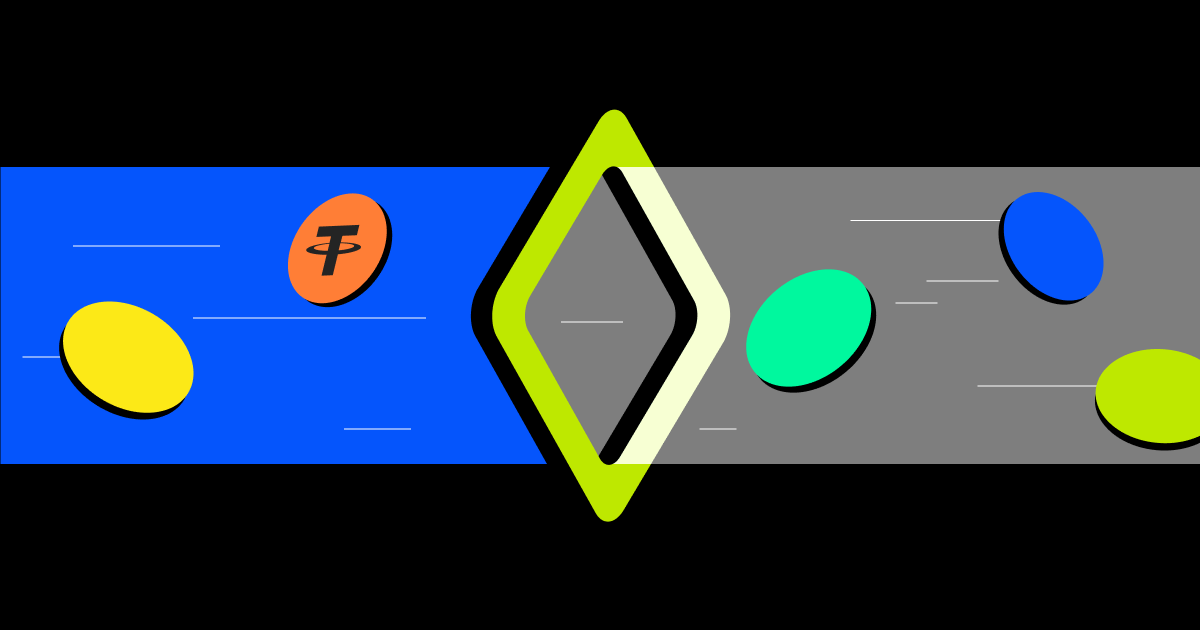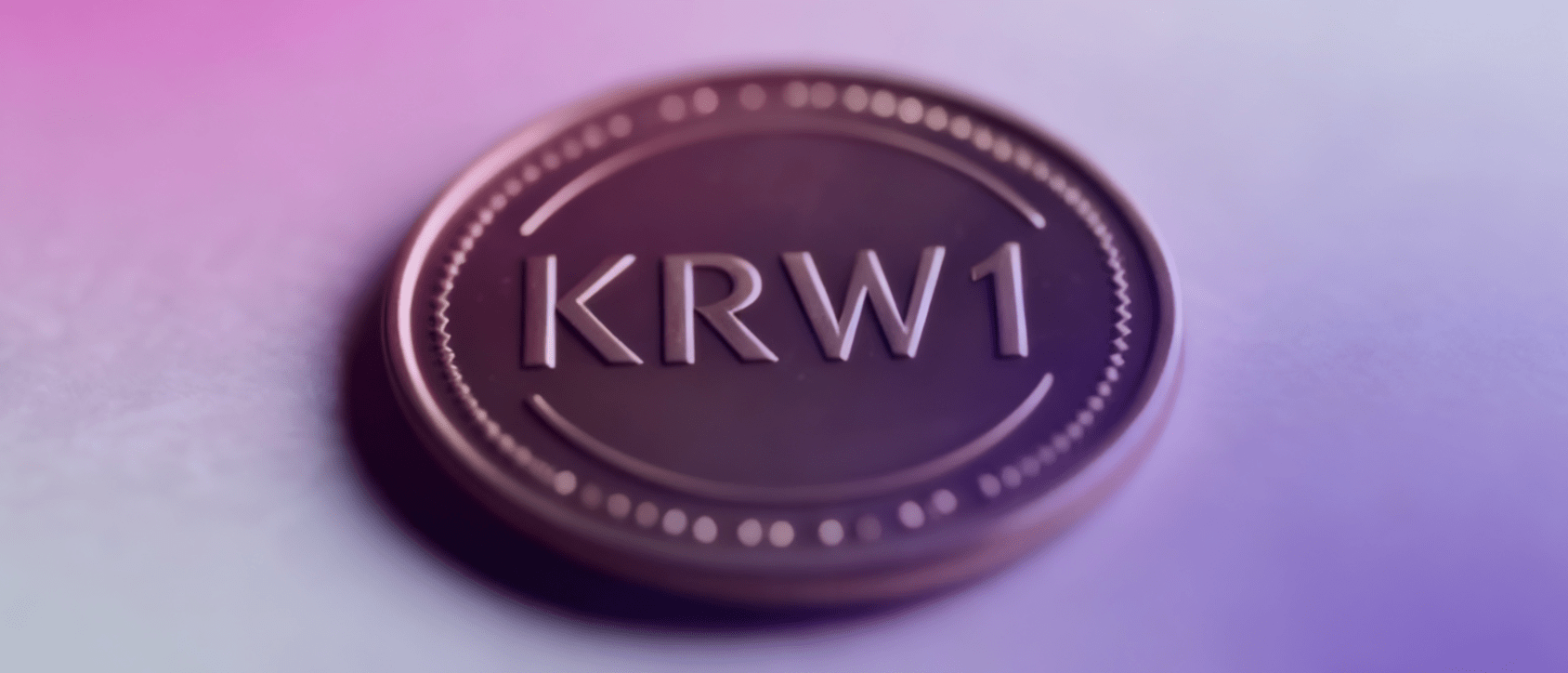The global stablecoin market, long dominated by US dollar-pegged giants like USDT and USDC, is witnessing a significant shift with the rise of national currency-focused stablecoins. Among the most anticipated and strategically important is
KRW1
, a regulated Korean Won stablecoin project spearheaded by the
Korea Financial Services Commission (FSC)
. Unlike many algorithmic or crypto-collateralized stablecoins, KRW1 is designed as a fully reserved, licensed, and supervised financial instrument, aiming to combine the efficiency of blockchain with the stability of traditional finance. This article explores the development, operational model, potential impact, and challenges of KRW1, a project that could redefine digital asset trading in South Korea and serve as a model for other national currencies.
What Is KRW1?
KRW1 is South Korea’s first stablecoin, developed by Busan Digital Asset Custody Services (BDACS), a regulated custodian established in 2022. The token is issued on the Avalanche blockchain and serves as a digital representation of the Korean won. Rather than a speculative asset, KRW1 is intended to function as a stable digital extension of the national currency.
To promote transparency and confidence, KRW1 is integrated with Woori Bank’s systems through real-time application programming interfaces. This setup enables public verification of reserves at any time, providing investors with visible proof that the total supply of KRW1 corresponds to the actual won held in escrow. The design aims to balance innovation in blockchain technology with the reliability of traditional financial systems.
The Driving Forces Behind KRW1
The push for KRW1 is not occurring in a vacuum. It is a direct response to several converging factors within South Korea's dynamic financial landscape. Firstly, the South Korean government has adopted a proactive stance towards digital assets, seeking to foster innovation while ensuring robust investor protection. The
Digital Asset Framework Act, expected to be implemented in the coming years, provides the legal foundation for such regulated financial instruments. KRW1 is seen as a cornerstone of this new regulatory framework, allowing authorities to oversee transactions that were previously conducted through opaque OTC markets or overseas platforms.
Secondly, there is immense market demand. South Korean investors are among the most active in the global crypto market, with a strong preference for trading against their native currency. However, the lack of a direct, compliant on-ramp from KRW to digital assets has been a persistent hurdle. Investors often resort to complex processes involving multiple intermediaries. KRW1 aims to streamline this by providing a seamless bridge between the traditional Korean banking system and the world of digital assets, enabling instant conversions and reducing transaction costs. Furthermore, the project aligns with the Bank of Korea's broader exploration of a Central Bank Digital Currency (CBDC), with KRW1 potentially serving as a complementary private-sector solution for retail transactions and trading.
The Operational Model: How KRW1 Aims to Work
The proposed model for KRW1 emphasizes transparency, security, and regulatory compliance. According to FSC announcements, the stablecoin will operate on a
1:1 fully reserved basis. This means that for every KRW1 token in circulation, an equivalent amount of Korean Won will be held in reserve at a licensed financial institution, most likely a commercial bank. These reserves will be subject to regular audits by certified public accountants to ensure full backing, a critical measure to maintain trust and prevent a collapse similar to the TerraUSD (UST) debacle, a project with South Korean roots that severely impacted local investors.
The issuance and redemption process will be tightly controlled. Only specially licensed
Electronic Financial Institutions (EFIs) or other entities authorized under the forthcoming Digital Asset Framework Act will be permitted to issue KRW1. When a user deposits Korean Won with an issuer, an equivalent amount of KRW1 will be minted and transferred to their digital wallet. The reverse process will apply for redemption: burning the KRW1 tokens and releasing the corresponding fiat currency back to the user. This model mirrors that of regulated stablecoins like PayPal USD (PYUSD) but is tailored to the Korean financial system. Transactions are expected to be recorded on a blockchain, potentially a private or consortium chain initially, to provide transparency and auditability while meeting regulatory requirements for Anti-Money Laundering (AML) and Counter-Financing of Terrorism (CFT).
Potential Market Impact and Use Cases
The successful launch of KRW1 could have a transformative impact on the South Korean digital asset ecosystem. Its most immediate application would be on
domestic cryptocurrency exchanges. Major platforms like Upbit and Bithumb could integrate KRW1 as their primary trading pair, allowing users to trade directly between Bitcoin, Ethereum, and other digital assets and a fully compliant won-pegged stablecoin. This would reduce their reliance on banking partners for KRW settlements, which has been a point of vulnerability in the past, and could make trading faster and more efficient.
Beyond spot trading, KRW1 could unlock a host of new financial services. It could become the base currency for
Decentralized Finance (DeFi) protocols within South Korea, enabling lending, borrowing, and yield farming denominated in the local currency. This would provide Korean users with access to decentralized financial services without the currency risk associated with using USD-pegged stablecoins. Additionally, KRW1 could facilitate
cross-border payments and remittances. Migrant workers sending money to South Korea, or Korean businesses making international transactions, could use stablecoin to settle payments almost instantly and at a lower cost than traditional wire transfers. The programmability of the token could also pave the way for innovative applications in supply chain finance, tokenized assets, and more.
Challenges and Regulatory Hurdles
Despite its promise, the path to KRW1's widespread adoption is fraught with challenges. The primary hurdle is the finalization and implementation of the Digital Asset Framework Act. The specific licensing requirements for issuers, the technical standards for the underlying blockchain, and the precise rules for reserve management and consumer protection are still under discussion. Delays or overly restrictive regulations could stifle the project's potential.
Another significant challenge is interoperability. If KRW1 is initially launched on a private or permissioned blockchain, its utility may be limited to a closed ecosystem. For it to achieve its full potential, especially in cross-border contexts, it must be interoperable with major public blockchains like Ethereum, Solana, or Polygon. Achieving this while maintaining regulatory compliance will be a complex technical and legal task. Furthermore, the project must gain the trust of the public. The memory of the Terra-Luna collapse is still fresh, and regulators will need to ensure that KRW1 is perceived as a fundamentally different, safer product through rigorous oversight and clear communication.
Conclusion
KRW1 represents a bold experiment in merging traditional financial integrity with blockchain innovation. By taking a regulated, institution-first approach, South Korea is positioning itself at the forefront of the next wave of stablecoin development. The success of KRW1 could not only revolutionize its domestic digital asset market but also provide a blueprint for other nations seeking to introduce their currencies into the digital realm in a controlled and secure manner. Its journey will be closely watched by regulators, financial institutions, and crypto enthusiasts worldwide as a test case for the future of money at the intersection of national sovereignty and global digital finance.
References:
CoinCatch Team
Disclaimer:
Digital asset prices carry high market risk and price volatility. You should carefully consider your investment experience, financial situation, investment objectives, and risk tolerance. CoinCatch is not responsible for any losses that may occur. This article should not be considered financial advice.


